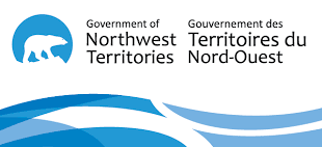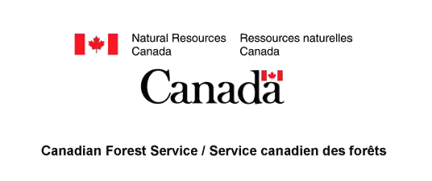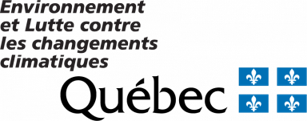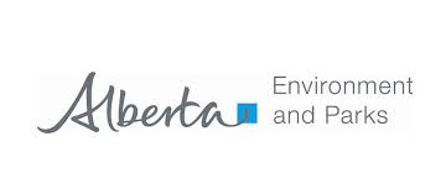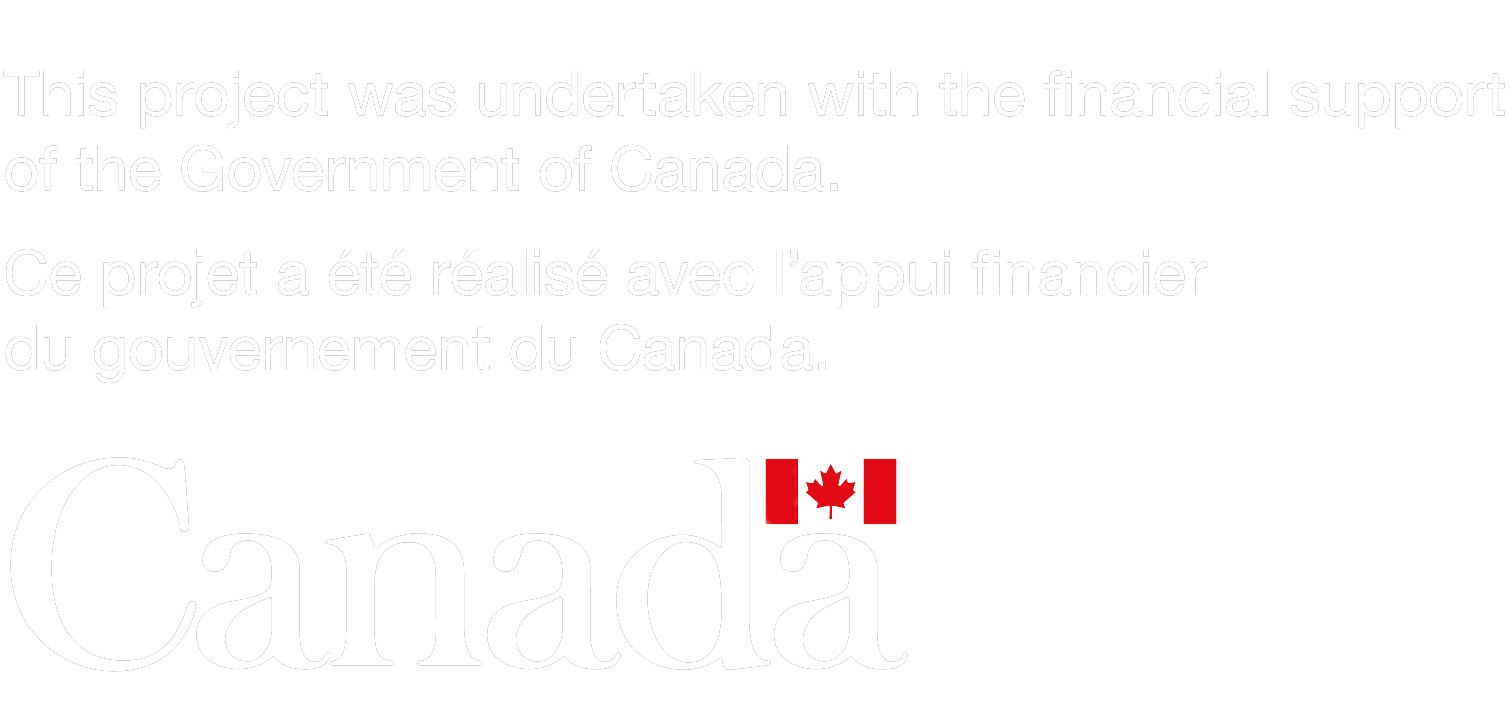Title: Dissolved organic matter and bacterial data for a degradation experiment using winter water from a subarctic thermokarstic peatland lake in Nunavik, Québec, Canada
Citation: Mazoyer, F., Laurion, I., Rautio, M. 2022. Dissolved organic matter and bacterial data, along with associated temperature-irradiance metadata for a degradation experiment using winter water from a subarctic thermokarstic peatland lake in Nunavik, Québec, Canada., v. 1.0 (2016-2016). Nordicana D97, doi: 10.5885/45759CE-9ED4BB6AE585446C.
Study Site: Whapmagoostui-Kuujjuarapik, Nunavik, Quebec, Canada
Purpose: Dissolved organic matter (DOM) leaching from thawing permafrost may have feedback effects on climate if it is efficiently mineralized into greenhouse gases (GHG). Yet, many uncertainties remain on the extent of this mineralization, which depends on DOM lability that is variable across landscapes and seasons. This archive contains data from an 18-day experiment investigating DOM photodegradation and biodegradation in water originating from a thermokarst lake in a subarctic peatland in the region of Whapmagoostui-Kuujjuarapik, Nunavik, Quebec, Canada. Thermokarst peatlands are organic-rich systems where some of the largest GHG emission rates have been measured. The originality of this project is that this water was collected during late winter to evaluate its reactivity potential during the overlooked ice-off spring period, when DOM becomes exposed to sunlight, after six months of darkness.
Abstract: We incubated the water in triplicate bottles under five treatments, on the lab rooftop in Quebec City. In four treatments, the "bacteria" and "light" conditions were applied concurrently: BL - 1.5 µm filtration to keep the full bacterial community, then exposed to sunlight, B - 1.5 µm filtration but incubated in the dark, L - 0.2 µm filtration to filter bacteria out, and then exposed to sunlight, C - 0.2-µm filtrated and dark-incubated control treatment. The fifth treatment, PI, was applied in a consecutive manner: a portion of the 0.2 µm-filtered water was pre-incubated under natural sunlight for two days, and then inoculated with bacteria for an incubation in the dark. At T0 and days 3, 8, 13 and 18, DOM was characterized using absorption indices (the absorption coefficient at 320 nm, the specific absorbance index at 254 nm and the absorption slope at 285 nm) along with five PARAFAC-extracted fluorescence components. Dissolved organic carbon, dissolved inorganic carbon (proxy for CO2 production), total bacterial abundance and bacterial production rate were also measured. Experimental metadata also included in this archive are the following: dark and sunlight incubation temperature, along with incoming solar radiation at Quebec City during the incubation period (as Lux and W m^-2).
Supplemental Information Summary: Irradiance received at the study site latitude in 2015-2016 in Whapmagoostui-kuujjuarapik is already available in D4 archive of NordicanaD, DOI : 10.5885/45057SL-EADE4434146946A7
Research:
Further Info: Mazoyer, F., Laurion, I., and Rautio, M. (2022). The dominant role of sunlight in degrading winter dissolved organic matter from a thermokarst lake in a subarctic peatland, Biogeosciences, 19, 3959–3977 DOI: 10.5194/bg-19-3959-2022.
Status: Complete
Keywords:
hydrology,
Dissolved organic matter,
Permafrost,
thermokarst,
Geographical coordinates: North: 55.225018, South: 55.225018 East: -77.696580 West: -77.696580
Bounding Temporal Extent: Start Date: 2016-03-19, End
Date: 2016-08-17


